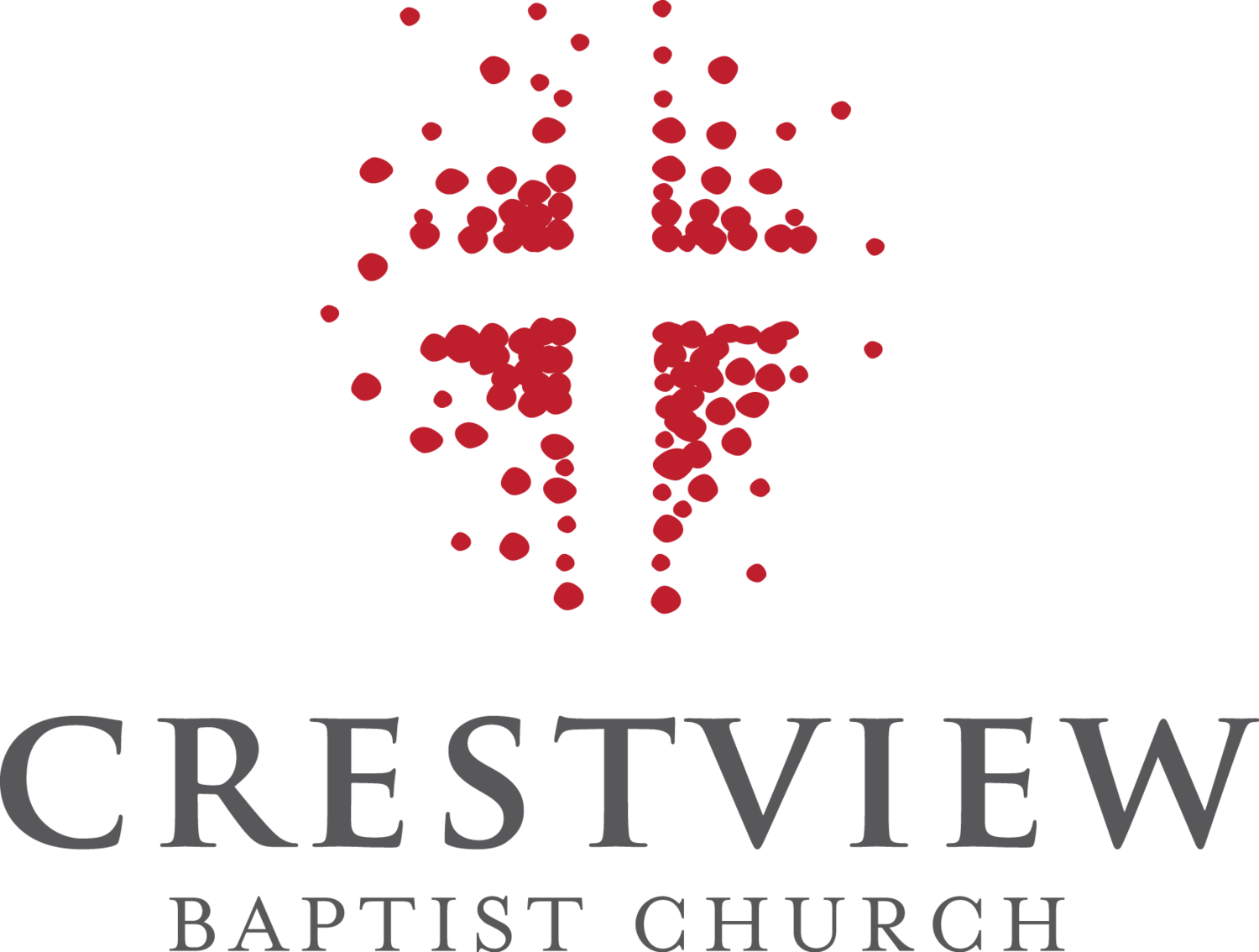Earlier posts in this series:
In this series of articles, I am reflecting on the profound role of our church's statement of faith. Today, I want to consider where statements of faith began. Let’s take a condensed tour through church history.
First, we discover brief statements of doctrine in Scripture:
Exodus 34:6–7: “The LORD, the LORD, a God merciful and gracious, slow to anger, and abounding in steadfast love and faithfulness, keeping steadfast love for thousands, forgiving iniquity and transgression and sin, but who will by no means clear the guilty, visiting the iniquity of the fathers on the children and the children’s children, to the third and the fourth generation.”
Deuteronomy 6:4: “Hear, O Israel: The LORD our God, the LORD is one.”
1 Corinthians 15:3–5: “For I delivered to you as of first importance what I also received: that Christ died for our sins in accordance with the Scriptures, that he was buried, that he was raised on the third day in accordance with the Scriptures, and that he appeared to Cephas, then to the twelve.”
1 Timothy 3:16: “Great indeed, we confess, is the mystery of godliness: He was manifested in the flesh, vindicated by the Spirit, seen by angels, proclaimed among the nations, believed on in the world, taken up in glory.”
The Spirit inspired these biblical summary statements. Believers across the ages have treasured, memorized, and repeated them as potent declarations and heartfelt expressions of devotion and doctrine.
Next, after biblical times, believers and their churches have stated the truth openly, clearly, and precisely. Summary statements of the Bible's teaching served the church by promoting clear confession. Let's admit the Bible is a thick book and has been interpreted in numerous ways. Therefore, summary statements about what believers understand the Bible to teach have proven to be valuable, durable tools. Statements of faith are not inspired Scripture, so they should always be revised in light of Scripture. Still, they have proven effective.
Statements of faith have not only helped believers positively confess their faith but also helped to protect the church from strange doctrine. For example, the early creeds of the church helped to defend against a host of heresies related to the nature of God.
By the fourth century, we find the church writing statements of faith:
The Apostle’s Creed, A. D. 300-400
The Nicene Creed, 325
The Chalcedonian Creed, 451
The Athanasian Creed, A. D. 400-500
The Augsburg Confession, 1530: Martin Luther’s statement of faith.
Short Confession of Faith in Twenty Articles, 1609: One of the earliest Baptist statements of faith by John Smyth.
The London Confession of Faith (1644)
The Philadelphia Confession of Faith (1742): one of the first Baptist statements of faith in the American colonies.
The New Hampshire Confession of Faith (1833): Crestview’s original statement of faith.
The Baptist Faith & Message (1925, updated in 1963 and 2000): Crestview’s current statement of faith.
As one can see, there is a long history of believers—Baptists included — setting forth their convictions in brief summary statements and then revising them as needed. These summary statements enabled churches to keep unity around the most essential teachings of Scripture and be clear where interpretations of Scripture differed.
Timothy George concludes: “From their beginning Baptist Christians have set fourth their most cherished convictions about God, salvation, the church, and the life of faith in confessions, covenants, and catechisms. The malign neglect of these important primary sources has certainly contributed to the theological amnesia and spiritual myopia which afflict all too many Baptists today.”[1]
Statements of faith are helpful instruments for preserving the gospel and strengthening the church. They have existed in one form or another since biblical times. May the history of such statements reinforce our appreciation of the importance of Crestview’s statement of faith.
For His Glory,
Pastor Thomas
[1] Timothy George, Baptist Confessions Covenant, and Catechisms, 1-2.

